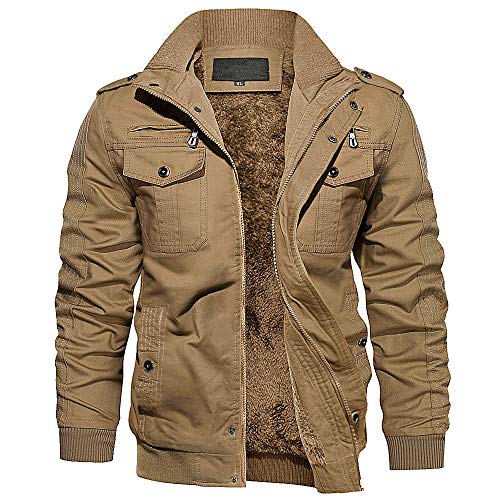FWIW, I have worked on all typed of internal combustion engines from two stroke diesels to four stoke model engines and wankels and turbo prop engines, any where from .05 hp to 20,000 hp. I even built a steam engine once, if that matters to anyone at all.
This is true:
If an engine is loosing 20-30% through the valves, you'd be lucky if it would start, and it would run worse than a harley with one plug loose and the other one missing. Not to mention that the exhaust valves should be burnt to a crisp, and the seats probably fire slotted, if not the head its self. If the guides are worn badly enough that the valves are sticking, then the seats and valves should be worn badly enough to warrant replacing or at least grinding as well. Not only that, but on a shim bucket type engine, lateral load on the guides is minimal, and shouldn't cause much oval wear. If it had rocker arms, maybe, but not on an OHC engine. If the guides were that worn, the seals would be shot, the plugs would have white ash deposits on them and there would be a nice billowy puff of blue oil smoke on a cold start after sitting over night, but once again with compression loss like that, it probably wouldn't start.
I know I am new here, but something isn't lining up. Every shop I have ever worked at, you'd get fired on the spot for replacing guides and not replacing or grinding valves and seats. Every shop I have worked at, you would have gotten an ass chewing for running a leak down test on a routine maintenance check, because its a waste of time lining each cylinder up on TDC when a compression test can tell you the same info (minus where the loss is going) in a fraction of the time. So, from a tech's point of view, and if I were working in a shop that this was going on in, I would say someone was adjusting the valve lash and screwed the pooch on getting the sprockets lined up or getting the tensioner in place correctly and bent the valves, and is covering their ass, so they don't have to eat several hours of labor and several hundred dollars of parts.
If I am wrong, a couple measurements with a small hole gauge for the out of round condition of the guides will prove it, and some pictures of the valves and seats as to why they were leaking and not in need of grinding or replacement will prove that. Of course, we have no way of knowing that it isn't a picture of some other engine, so who's to say.
In a nutshell, you don't get a 30% leakddown past the valves with no customer complaint of hard starting or rough running, especially on a 10.8 compression ratio engine. You shouldn't be paying half of anything IMHO.
I'll probably get flamed to small crispy bits for this, but I have been ripped for worse.






























































